Centenary of the suffrage act marked with just some women from pages past
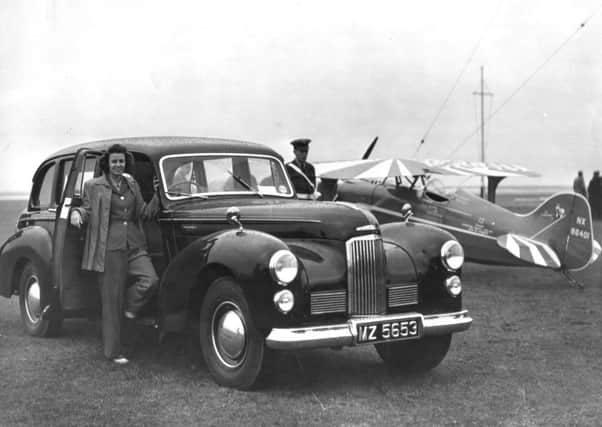

The leading lights of women’s suffrage, locally, nationally and internationally, were remembered and celebrated, and the changed and changing place of women in society was discussed and debated.
Women have featured prominently on Roamer’s page down the years, with just a few from a very long list revisited here today, chosen randomly, in no particular order, marking the centenary of the 1918 suffrage act.
Advertisement
Hide AdAdvertisement
Hide AdThe accounts were all shared by News Letter readers during the past ten years.
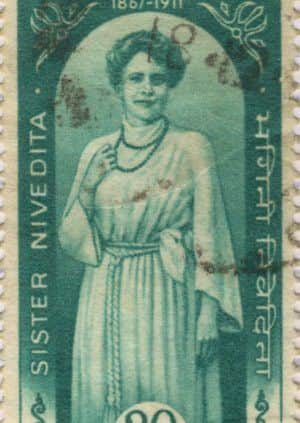

Dungannon born Margaret Elizabeth Noble, dressed in eastern religious robes, has a special place on an Indian postage stamp.
Born on 28th October 1867, her father John was a distinguished Methodist preacher.
Margaret went to India at the age of 30, where she opened a school for Hindu girls and helped with plague relief.
Advertisement
Hide AdAdvertisement
Hide AdShe was a tireless social worker, writer, teacher and disciple of the Hindu monk Swami Vivekananda, who gave her the name Sister Nivedita, meaning “one who is dedicated to God”.
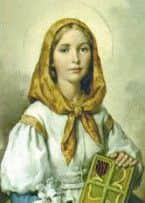

Tirelessly serving the sick during Calcutta’s rampant cholera epidemics, Sister Nivedita also worked in the flooded and
famine ravished villages of East Bengal where she died of malaria near Darjeeling in 1911.
Asenath Hatch was born in Vermont in New England in 1792, where she was brought up in a strict, Protestant, bible-reading family.
Advertisement
Hide AdAdvertisement
Hide AdAt the age of 16 she chose to become a teacher and around 1825 married Norman Nicholson, a widower with three children.
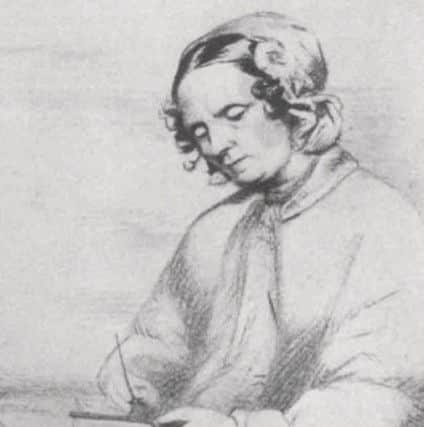

They moved to New York and opened an alcohol-free, vegetarian boarding house.
Asenath worked with the Irish poor in the city’s infamous Five Points district.
Convinced that the “huddled masses” of Irish emigrants were “a suffering people” she set off for Ireland in 1844 to learn more about them.
Advertisement
Hide AdAdvertisement
Hide AdFor nearly two years she walked the length and breadth of the country – on her own – quickly grasping the urgency of a growing disaster – the Great Hunger.
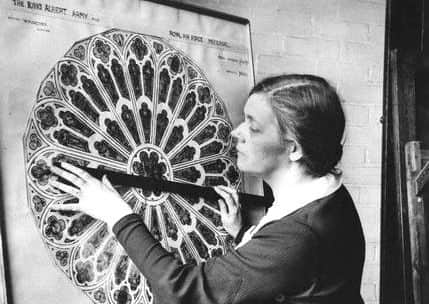

She returned to America to write and campaign, and went back to famine-gripped Ireland in 1847 – again on her own – to distribute life-saving food.
There’s a centuries old Irish tradition that a teenage girl from Co Meath called Dymphna instigated the first ever community care for the mentally ill in Belgium in the 13th century.
She fled from her father, a cruel Irish chieftain, and settled in Gheel where she established her little community.
Her greatly-angered father followed her and murdered her.
Advertisement
Hide AdAdvertisement
Hide AdDymphna received the crown of martyrdom and today she is the patron saint of anyone suffering from nervous and mental afflictions.
Some say that many miracles have taken place at her shrine, built on the spot where she was buried in Gheel.
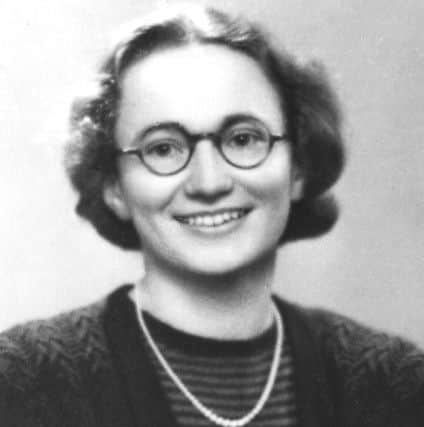

There are memorials and chapels in her memory all over the world and St Dymphna’s feast day is 15th May.
Born on 28th June 1926, Betty Skelton was an American land speed record-holder and aerobatics pilot who set many aviation and automobile records.
She flew her first solo flight aged 12.
Advertisement
Hide AdAdvertisement
Hide AdKnown as ‘The First Lady of Firsts’ she performed a breath-taking sky-show at an Air Pageant over Sydenham, Belfast, on or around Saturday 30th July 1949.
Back home, in a 1956 land-speed event, she reached 145.044 mph in a Corvette racing car.
The men’s record at the time was just 3 mph faster.
She was three-time national aerobatic women’s flying champion when she turned to racing-cars and ultimately exceeded 300 mph in a jet-powered car.
Ten years after her visit to Belfast Betty appeared on the cover of Look magazine dressed in an astronaut’s flight suit.
Advertisement
Hide AdAdvertisement
Hide AdThe accompanying headline asked – ‘Should a Girl Be First in Space?’
Her stature was in sharp contrast to her courage and determination – she was only five feet three inches tall, weighing about 100 pounds!
She died on 31st August 2011.
Gladys Blackburne, known as the Chuff Chart Lady, died on 26th April 1993 aged 80.
A mathematics teacher and daughter of a Police Sergeant from Larne, her Chuff Charts were little calendars that she distributed with bibles around the security forces here after she retired from Methodist College.
Advertisement
Hide AdAdvertisement
Hide AdShe regularly waited at Northern Ireland’s airports greeting newly-arrived, apprehensive soldiers, giving them a small calendar in a plastic wallet, with the words “Thank you to our security forces” written on it.
The little calendars were used by soldiers to mark off the days until they went home again.
The richly-coloured stained-glass windows, designed and crafted by Belfast-artist Wilhelmina Geddes, are hailed all over the world as the work of the greatest stained-glass artist of her era.
And along with history’s greatest painters, musicians and writers, a crater on the planet Mercury has been named after her.
Advertisement
Hide AdAdvertisement
Hide AdBorn in 1887 in Leitrim, Geddes’s parents moved to Belfast when she was two years old where she and her three younger siblings were raised in a succession of houses between the Lisburn and Malone Roads.
Aged just 16 Wilhelmina began her art studies in Belfast Municipal Technical Institute where she excelled.
One of her windows, unveiled by the Prince of Wales in Ottawa in 1919, was internationally acclaimed as “one of the artistic triumphs of this century”.
After her death in 1955 she was described as “the greatest stained-glass artist of our time”.